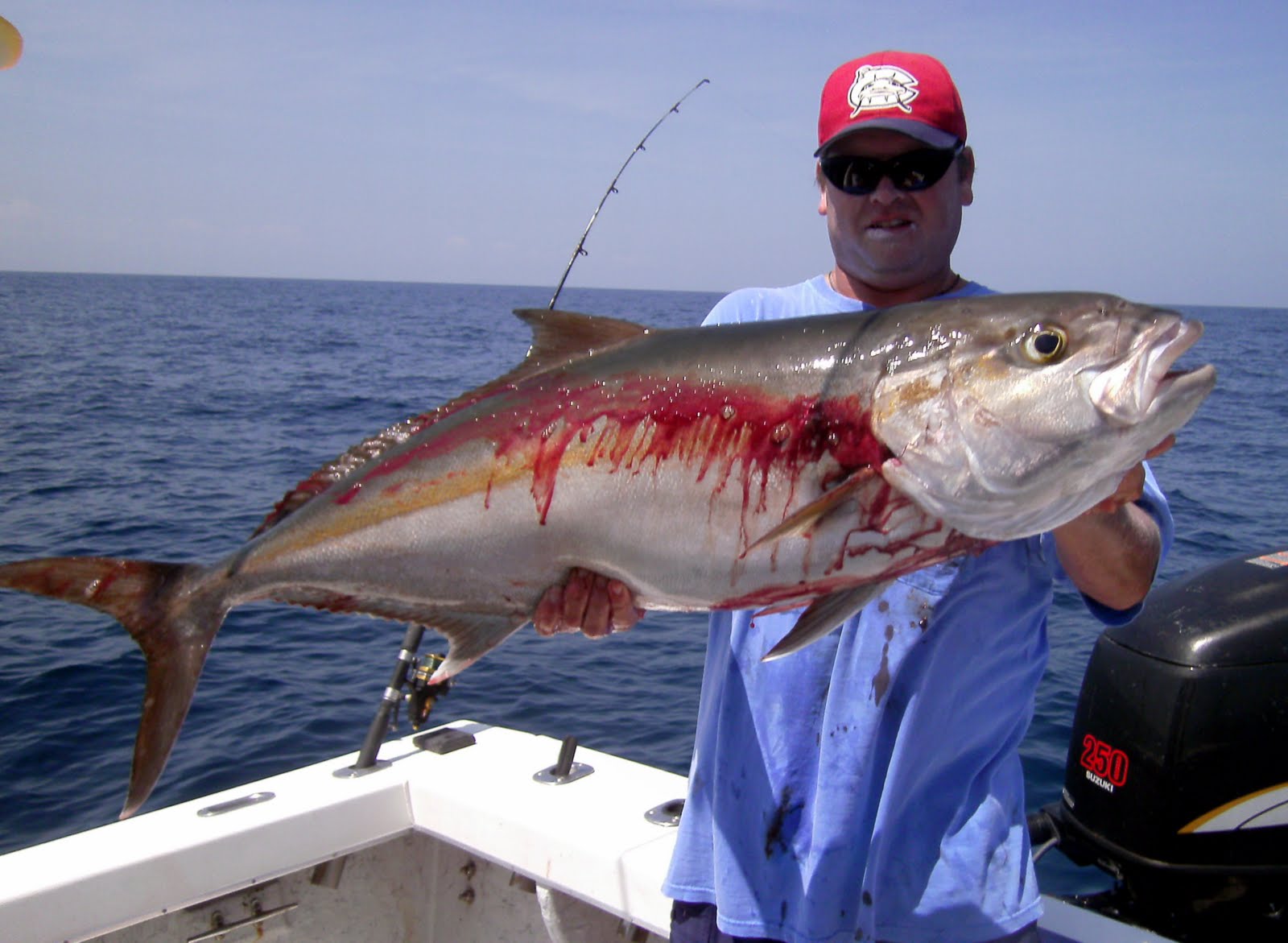

The data collected will contribute not only to improving understanding of BFT in English waters but will also be supplied to the International Commission for the Conservation of Atlantic Tunas (ICCAT).Įnvironment Secretary, George Eustice MP, said: Despite historic evidence of captures around the UK, we know relatively little detail of their day-to-day movements and behaviour, for example how long they stay in UK waters and where they go once they leave our coastal environment.ĬHART brings together a breadth of fishing, science, and conservation interests in a collaborative, innovative approach to tuna scientific research.

This has led to a growing interest in the species from the scientific community, recreational fishing groups, and the commercial fishing sector. In recent years, the number of reported sightings of BFT in UK waters has been increasing. Once a common sight, they largely disappeared from UK waters in the 1960s, likely as a result of population decline and changes in the availability of their preferred prey. After a successful pilot in 2021, the programme has received funding for another year in 2022 and offers an exciting opportunity for recreational anglers to legally encounter these ocean giants.īFT are known for being amongst the biggest, fastest and most valuable fish in the sea. The skippers are taking part in the Defra-funded scientific ‘catch, tag and release’ (CHART) programme which aims to provide important scientific data to understand and manage BFT while benefiting coastal communities. Defining key spatial and temporal habitats should further help in building spatially-explicit stock assessment models, thus improving the spatial management of bluefin tuna fisheries.Today (15th August), 28 skippers and their crew from fishing ports across the South West and Southern England will be making their first voyage of the 2022 season to catch, tag and release Atlantic Bluefin Tuna (BFT). The presence of large ABFT off Florida and the Bahamas in spring was not explained by the model as is, however the environmental variables other than the sea surface height anomaly appeared to be favourable for spawning in part of this area. Other secondary potential spawning grounds not supported by observations were predicted in the Azores area and off Morocco to Senegal during July and August when extrapolating the model settings from the Gulf of Mexico into the North Atlantic. Potential spawning grounds were found to occur in the Gulf of Mexico from March–April in the south-east to April–May in the north, while favourable conditions evolve in the Mediterranean Sea from mid-May in the eastern to mid-July in the western basin. Permanent suitable feeding habitat for small ABFT was predicted to be mostly located in temperate latitudes in the North Atlantic and in the Mediterranean Sea, as well as in subtropical waters off north-west Africa, while summer potential habitat in the Gulf of Mexico was found to be unsuitable for both small and large ABFTs. The results highlight a wider temperature tolerance for larger fish allowing them to feed in the northern – high chlorophyll levels – latitudes up to the Norwegian Sea in the eastern Atlantic and to the Gulf of Saint Lawrence in the western basin. temperature tolerance, mobility, feeding and spawning strategy) with patterns of selected environmental variables (chlorophyll-a fronts and concentration, sea surface current and temperature, sea surface height anomaly) that were identified using an extensive set of precisely geo-located presence data. The ENM was built bridging knowledge on ecological traits of ABFT (e.g.

An ecological niche modelling (ENM) approach was used to predict the potential feeding and spawning habitats of small (5–25 kg, only feeding) and large (>25 kg) Atlantic bluefin tuna (ABFT), Thunnus thynnus, in the Mediterranean Sea, the North Atlantic and the Gulf of Mexico.


 0 kommentar(er)
0 kommentar(er)
